General Dynamics F-111 – USAF Model
Production Time 9 to 10 weeks
Shipment is by FedEx, UPS or DHL International Express Courier with a normal door-to-door delivery time worldwide of within 2-3 business days after dispatch. Due to the current volatility of world fuel prices, the amount mentioned here is our best estimate for DHL and UPS and may be subject to change at the time of shipping.

Porduct Statistics
Length: 17 Inches (43.2 Centimeters)Wingspan: 14.6 Inches (37.1 Centimeters)
Height: 4 Inches (10.2 Centimeters)
Scale: 1:52
$259.50
Manufacturer: General Dynamics
Production Time 9 to 10 weeks
-
United States dollar ($)
-
Pound sterling (£)
-
Euro (€)
-
Australian dollar ($)
-
Canadian dollar ($)
-
Singapore dollar ($)
-
Swiss franc (CHF)
-
Japanese yen (¥)
-
Danish krone (kr.)
-
Hong Kong dollar ($)
-
Norwegian krone (kr)
-
Swedish krona (kr)
General Product Description
Our MahoganyModel General Dynamics F-111 – USAF Model exhibits unique, unrivaled quality and detailed design to come as close as possible to the accuracy of the actual plane. It comes as standard with a robust, durable base or stand which is available in a variety of different finishes designed to match your own personal requirements including solid wood, wood with polished metal supports or adjustable wood wall mount and will be ready within about 8-10 weeks from placement of order.
The General Dynamics F-111 – USAF Model is made of the finest kiln dried renewable mahogany wood (commonly known as Lauan or Meranti) which has undergone many stages of carving and meticulous and careful sanding giving the beautiful, finished museum quality masterpiece. Many collectors and model connoisseurs demonstrate their preference for genuine handmade and hand painted mahogany wood models rather than plastic or die cast (diecast) alternatives due to the overall look and totally different feel of the item - we trust you will find the same. We can however, if required produce the same model in Solid Cast Resin so just click and contact us for further information. Our craftsmen and gifted artisans ensure that our finely handcrafted model airplanes match the precise blueprint details of the original aircraft. The paint scheme, markings and parts are closely matched, reflecting the original aircraft. This stylish top-quality desktop replica model will surely enthrall anyone who receives this as a gift and for sure one of the most appropriate and desirably collectable gifts for any aviation enthusiast or avid military jet aircraft collector whilst also displaying a perfect resemblance to the actual real life version.
There are many types of military jet aircraft, but the basic types are bombers, fighters, fighter bombers, spotter planes, transporters, patrol aircraft, trainers, and reconnaissance and observation aircraft. All these types of aircraft are used for different types of missions. If you're a fan of historic or present-day military aviation, our model aircraft will bring the excitement and character of these aircraft right into your own home.
If you require, we can also make the General Dynamics F-111 – USAF Model in any other military, government or even private livery or colour scheme you require and if necessary, in a different size or scale. Just click here to contact us with a description or photographs of what you require, and we will let you have a quotation for the necessary customization by return email. We can also make bespoke scale replicas of any other private / civil commercial airliner or airliners, helicopter, glider, gliders with engines, military propeller, warplane jets, biplane, triplane, tail fin, spacecraft, rocket or NASA model you require in any airline, military or civilian livery or colors. We also produce model airships, blimps, dirigibles, blimps, boats, and ship collectibles. Wall plaque or seal for military, government or private customers. Again, by clicking here to contact us just let us know exactly what you need.
The F-111 is a multipurpose tactical fighter bomber capable of supersonic speeds. It can operate from tree-top level to altitudes above 60,000 feet (18,200 meters).
The F-111 has variable-sweep wings that allow the pilot to fly from slow approach speeds to supersonic velocity at sea level and more than twice the speed of sound at higher altitudes. Wings angle from 16 degrees (full forward) to 72.5 degrees (full aft). Full-forward wings give the most surface area and maximum lift for short takeoff and landing. The F-111 needs no drag chute or reserve thrust to slow down after landing.
The two crew members sit side-by-side in an air-conditioned, pressurized cockpit module that serves as an emergency escape vehicle and as a survival shelter on land or water. In emergencies, both crew members remain in the cockpit and an explosive cutting cord separates the cockpit module from the aircraft. The module descends by parachute. The ejected module includes a small portion of the wing fairing to stabilize it during aircraft separation. Airbags cushion impact and help keep the module afloat in water. The module can be released at any speed or altitude, even under water. For underwater escape, the airbags raise the module to the surface after it has been severed from the plane.
The aircrafts wings and much of the fuselage behind the crew module contain fuel tanks. Using internal fuel only, the plane has a range of more than 2,500 nautical miles (4,000 kilometers). External fuel tanks can be carried on the pylons under the wings and jettisoned if necessary. The F-111 can carry conventional as well as nuclear weapons. It can carry up to two bombs or additional fuel in the internal weapons bay. External ordnance includes combinations of bombs, missiles and fuel tanks. The loads nearest the fuselage on each side pivot as the wings sweep back, keeping ordnance parallel to the fuselage. Outer pylons do not move but can be jettisoned for high-speed flight.
The avionics systems include communications, navigation, terrain following, target acquisition and attack, and suppression of enemy air defense systems. A radar bombing system is used for precise delivery of weapons on targets during night or bad weather.
The F-111s automatic terrain-following radar system flies the craft at a constant altitude following the Earths contours. It allows the aircraft to fly in valleys and over mountains, day or night, regardless of weather conditions. Should any of the systems circuits fail, the aircraft automatically initiates a climb.
The F-111A first flew in December 1964. The first operational aircraft was delivered in October 1967 to Nellis Air Force Base, Nev. A models were used for tactical bombing in Southeast Asia. Developed for the U.S. Navy, the F-111B was canceled before its production . F-111Cs are flown by the Royal Australian Air Force.
The F-111D has improved avionics with better navigation, air-to-air weapon delivery systems, and newer turbofan engines. The F-111Ds are flown by the 27th Fighter Wing, Cannon AFB, N.M. The E model has modified air intakes to improve the engines performance at speeds above Mach 2.2. Most F-111Es serve with the 20th Fighter Wing, Royal Air Force Station Upper Heyford, England, to support NATO. F-111Es were deployed to Incirlik Air Base, Turkey, and were used in Operation Desert Storm.
The F-111F has Improved turbofan engines give F-111F models 35 percent more thrust than previous F-111A and E engines. The avionics systems of the F model combine features of the F-111D and E. The last F model was delivered to the Air Force in November 1976. The F models have been modified to carry the Pave Tack system in their weapons bays. This system provides an improved capability to acquire, track and designate ground targets at night for delivery of laser, infrared and electro-optically guided weapons.
The F-111F was proven in combat over Libya in 1986 and again over Iraq in 1991. Although F-111Fs flew primarily at night during Operation Desert Storm, aircrews flew a particularly notable daytime mission using the Guided Bomb Unit (GBU-15) to seal the oil pipeline manifold sabotaged by Iraq, allowing the oil to flow into the Persian Gulf.
The F-111G is assigned to the 27th Fighter Wing at Cannon Air Force Base and is used in a training role only. The G model is a converted FB-111A. The conversion made minor avionics updates and strengthened the aircraft to allow its use in a more dynamic role as a fighter aircraft
| Weight | 6 kg |
|---|---|
| Dimensions | 17 × 14.6 × 4 in |
Be the first to review “General Dynamics F-111 – USAF Model” Cancel reply
Related products
Military Airplanes - Jet
Military Airplanes - Jet
Military Airplanes - Jet
Military Airplanes - Jet
Military Airplanes - Jet
Military Airplanes - Jet
General Dynamics F-16A Fighting Falcon Air National Guards 194th Fighter Interceptor Squadron
Military Airplanes - Jet
Military Airplanes - Jet



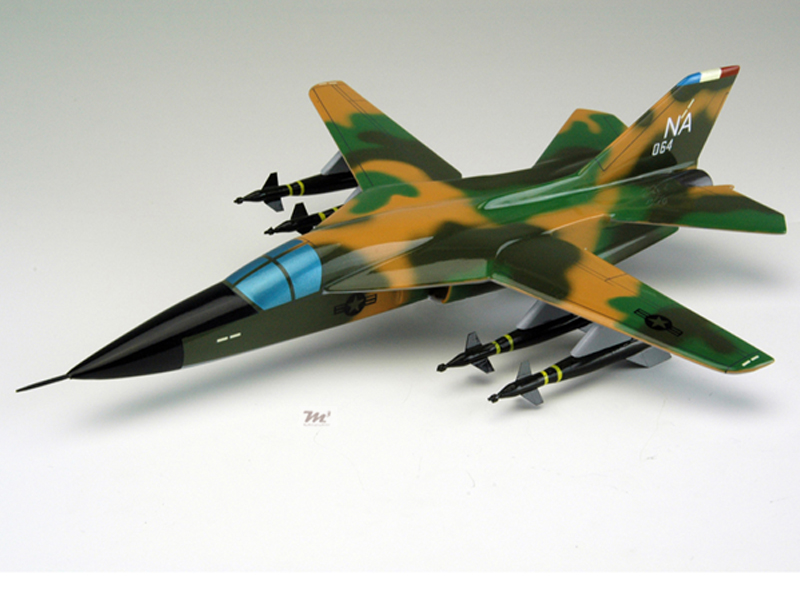





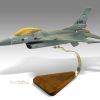
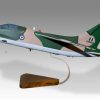
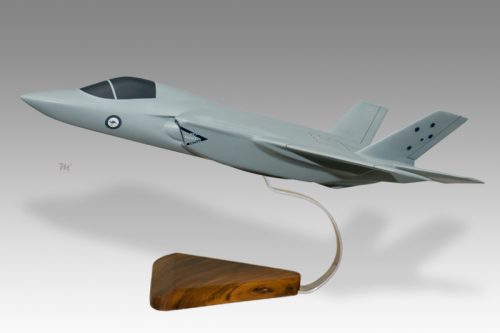
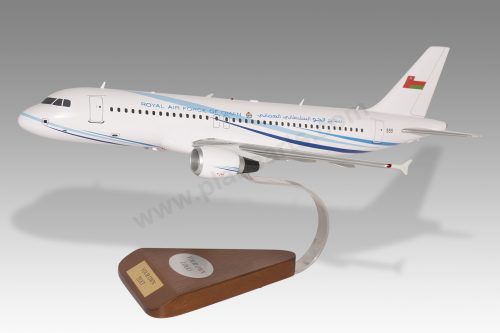
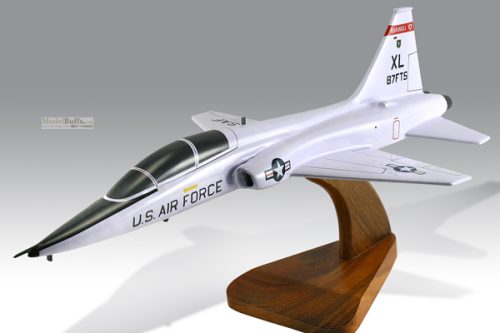
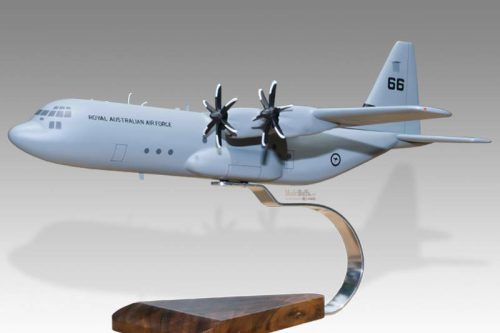
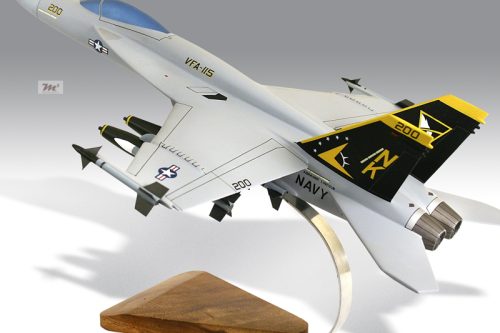

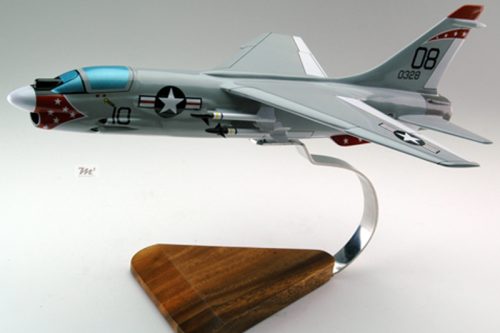
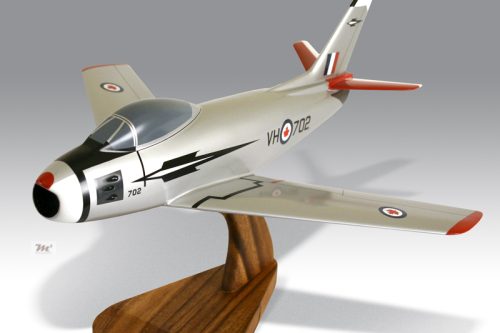
Reviews
There are no reviews yet.